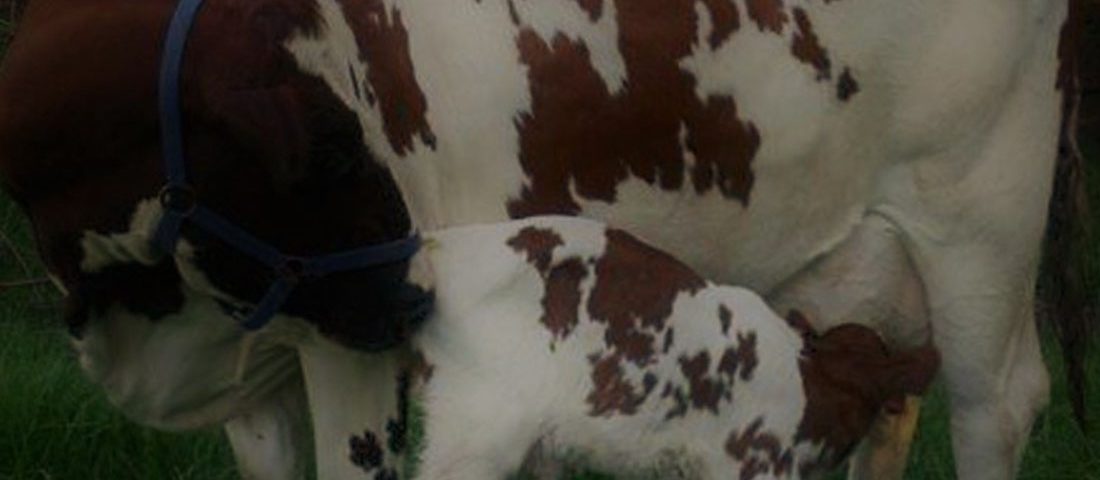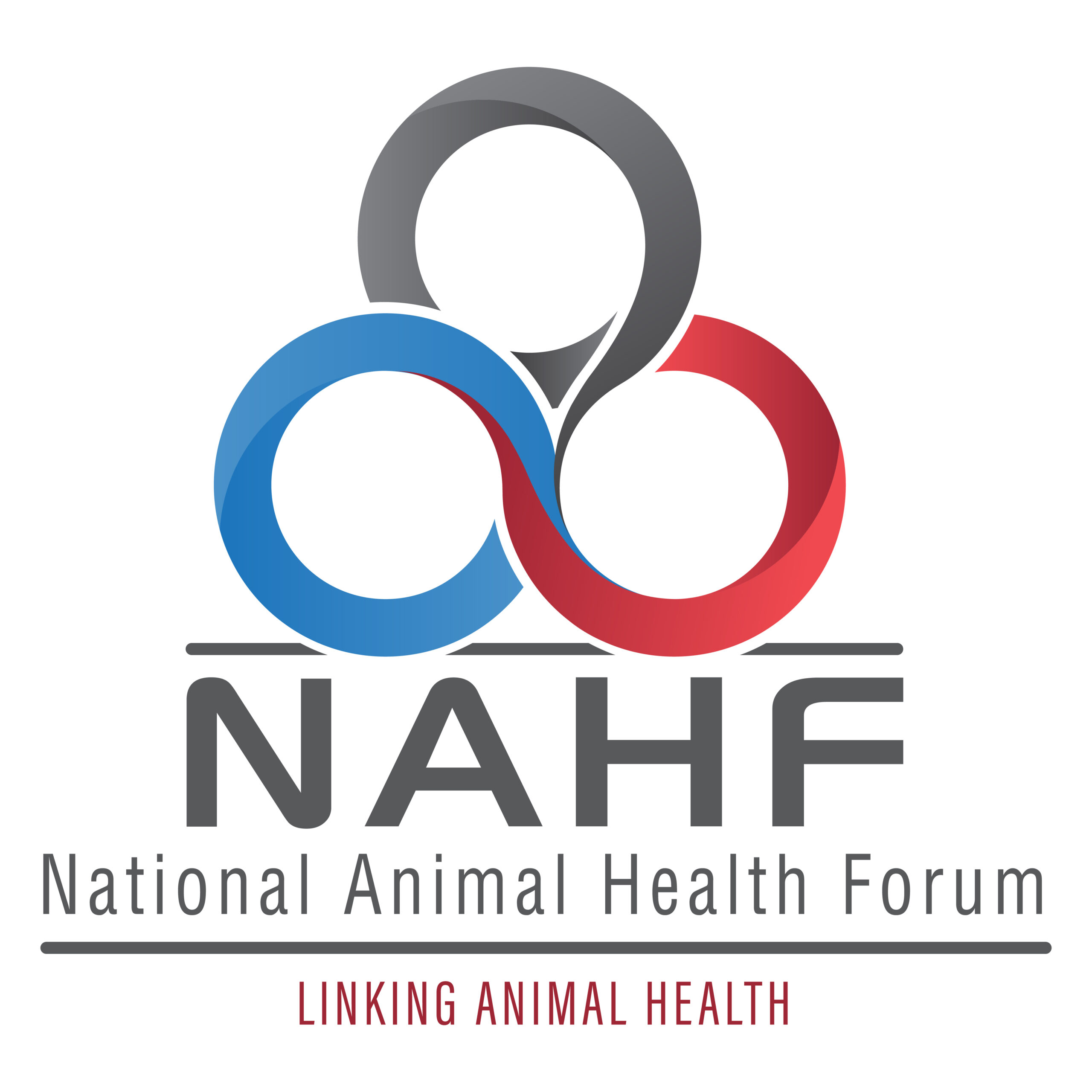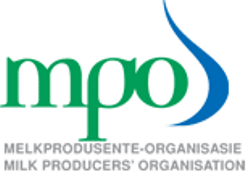
Although drought is part of the expected management cycle on any dairy or beef farm in South Africa the current situation is unknown to most of us. As the health, nutrition and management of livestock are inextricably interrelated; under-nutrition will threaten animal health unless management is changed to prevent problems occurring during drought
Take the hard decisions early, and reduce numbers of stock to a point where you can afford to feed them properly, so that the remaining animals will remain healthy and fertile. It is a big mistake to keep too many stock and ‘half feed’ them. This only leads to welfare problems, and to losses through reduced fertility, malnutrition (vitamin and mineral deficiencies etc.), metabolic disturbances (especially in pregnant stock), and eventually starvation. First ensure optimal supply of energy then rumen-digestible protein required by rumen bacteria to produce energy and protein from low-quality feed and then minerals, particularly phosphorus, calcium and magnesium followed by particularly vitamins A, D and E to supplement deficiencies due to the lack of sufficient green pastures.
Prevent herd health problems by feeding adequate affordable feed which will interact to affect an animal’s susceptibility to disease during drought. Animals are even more susceptible when drought sets in if different classes are kept together, if any disease is already present, if immunity levels are low, parasite burdens are high, crowding at feeding and watering points are occurring and if only poor quality drinking water is available. Now is the time to minimize stress in any format and not to introduce new feeds such as grain and pelleted feed, which may lead to digestive upsets if not managed with sufficient care. Digestive upsets, in turn, can predispose stock to diseases such as your clostridial diseases. The lack of green grass may induce cattle to eat plants that they would not normally touch, including those that are poisonous i.e.Tulp or Gifblaar.
Because of these factors, herd health programs that are recommended even in the good times are more essential during drought. These practices include vaccination with multiclostridial vaccines to prevent clostridial diseases, which are far more likely to occur in situations where there may be sudden changes in feed type, quality or quantity. Essential vaccinations should all be current and animals, especially young stock should be drenched for internal parasites (including fluke in fluke areas). Additional practices recommended during drought will include vitamin A, D and E (either in feed or as an injection). Discuss any other mineral imbalances and how to cope with it with your nutritionist.
Because of these factors, herd health programs that are recommended even in the good times are more essential during drought. Planning is key to managing during drought. A good plan will reduce stress and ensure that the drought will not impact too much on the following season’s production.
It may not be easy to predict when it will rain, but a plan provides the framework for what decisions need to be made and when. The plan needs to be reviewed as conditions change.
Published on Monday, 31st July 2017 - 20:59
Recent Posts
disclaimer









